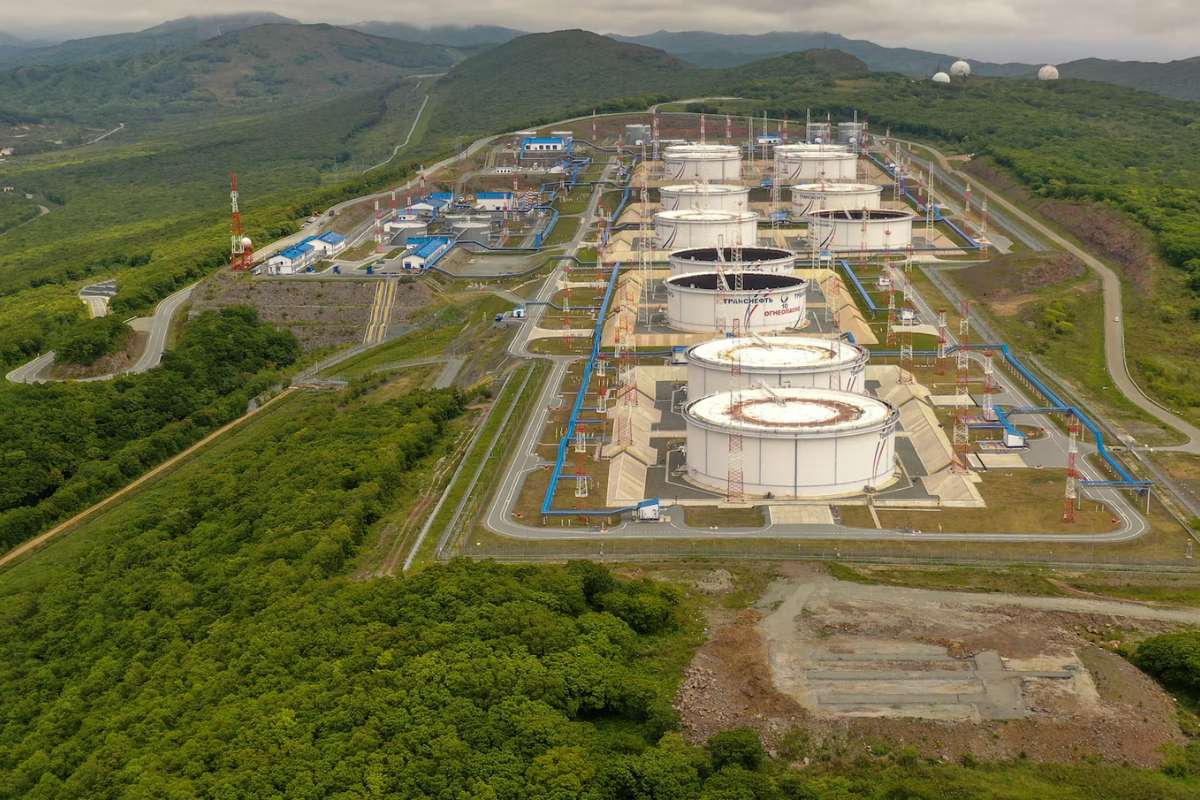Connecticut Governor Ned Lamont is drawing attention for his tacit support of a controversial natural gas pipeline expansion in New York, a move that has sparked concern among environmental advocates and climate policy watchers. According to WSHU Public Radio, Lamont did not oppose a proposed National Grid project in Long Island aimed at expanding natural gas infrastructure, an initiative critics say contradicts Connecticut’s clean energy goals.
The $1.4 billion pipeline, which would transport fracked gas from Pennsylvania through New York, is currently under review by the Federal Energy Regulatory Commission. While the project does not directly traverse Connecticut, its implications could reach the state’s energy markets. Lamont’s administration has quietly suggested that the pipeline could help stabilize regional energy prices, an argument familiar in debates between economic and environmental priorities.
Environmentalists argue that backing such a project undermines Connecticut’s climate leadership. While the Governor Lamont has publicly pushed green energy legislation at home, his silence on the New York pipeline has drawn sharp criticism. “Lamont is playing both sides,” said one climate advocate. “He talks clean energy but won’t oppose fossil fuel expansions next door.”
Balancing Act: Green Legislation Meets Gas Industry Interests
In Hartford, Lamont recently signed a suite of climate-related bills that signal progress on issues like offshore wind energy and electric vehicle adoption. But according to CT Mirror, the legislation falls short of addressing natural gas usage, the state’s second-largest source of greenhouse gas emissions.
Lamont’s environmental agenda has generally focused on achievable goals with economic upside. That includes continued investment in solar, offshore wind, and grid modernization. However, critics say Lamont’s failure to directly confront natural gas expansion reveals a reluctance to alienate powerful energy stakeholders.
State environmental officials have hinted that while Lamont is committed to long-term decarbonization, he’s wary of short-term political backlash. “The Governor Lamont sees natural gas as a bridge,” one insider noted, “but bridges can quickly become permanent unless you actively close them.”
Meanwhile, the natural gas industry has been quietly lobbying lawmakers to protect existing infrastructure and investment. The result is a climate agenda with ambition but limited enforcement teeth, raising questions about Connecticut’s ability to meet its 2040 net-zero target.
Inside the Room: How Lamont Governs with Caution and Consensus
Governor Lamont’s cautious approach is not new. As profiled in a March piece by CT Mirror, Lamont prefers behind-the-scenes negotiations and consensus-building over confrontation. In contrast to some progressive Democrats in the region, Lamont is known for avoiding sweeping declarations in favor of pragmatism.
This style of governance, effective during budget talks and pandemic response, now faces its biggest test with climate policy. As more states enact aggressive clean energy mandates, Connecticut’s mixed signals on fossil fuels could jeopardize its environmental credibility.
Lamont’s dual track, promoting renewables while allowing gas projects to advance, might offer political cover, but risks alienating climate-conscious voters and stakeholders demanding consistency. The coming months could determine whether Connecticut leads or lags in the clean energy transition.
Explore More News In Our Oil Gas Energy Magazine
Sources
https://www.wshu.org/connecticut-news/2025-07-02/ny-pipeline-energy-prices-ct-ned-lamont
https://ctmirror.org/2025/03/27/ned-lamont-in-the-room-2025/












